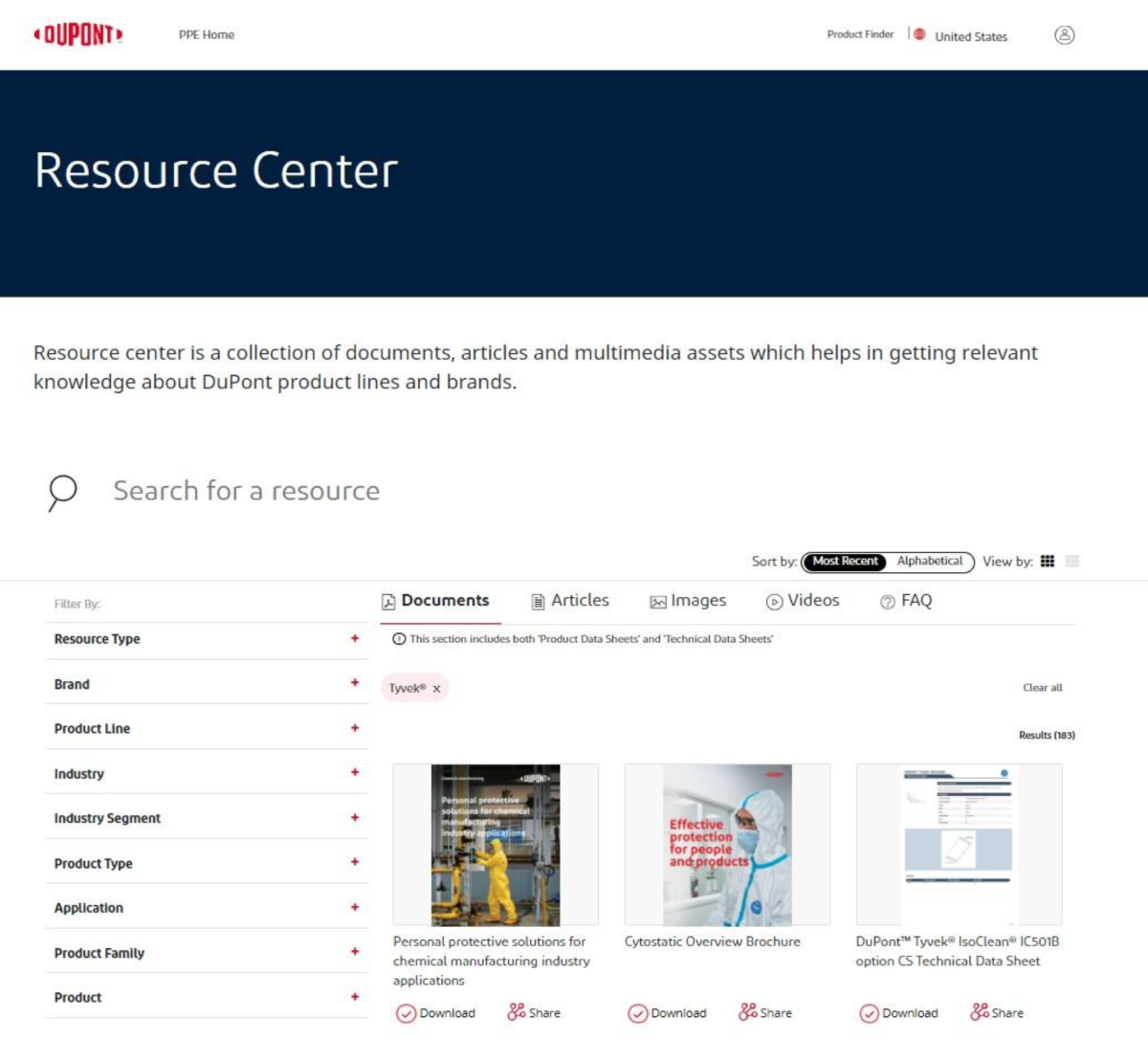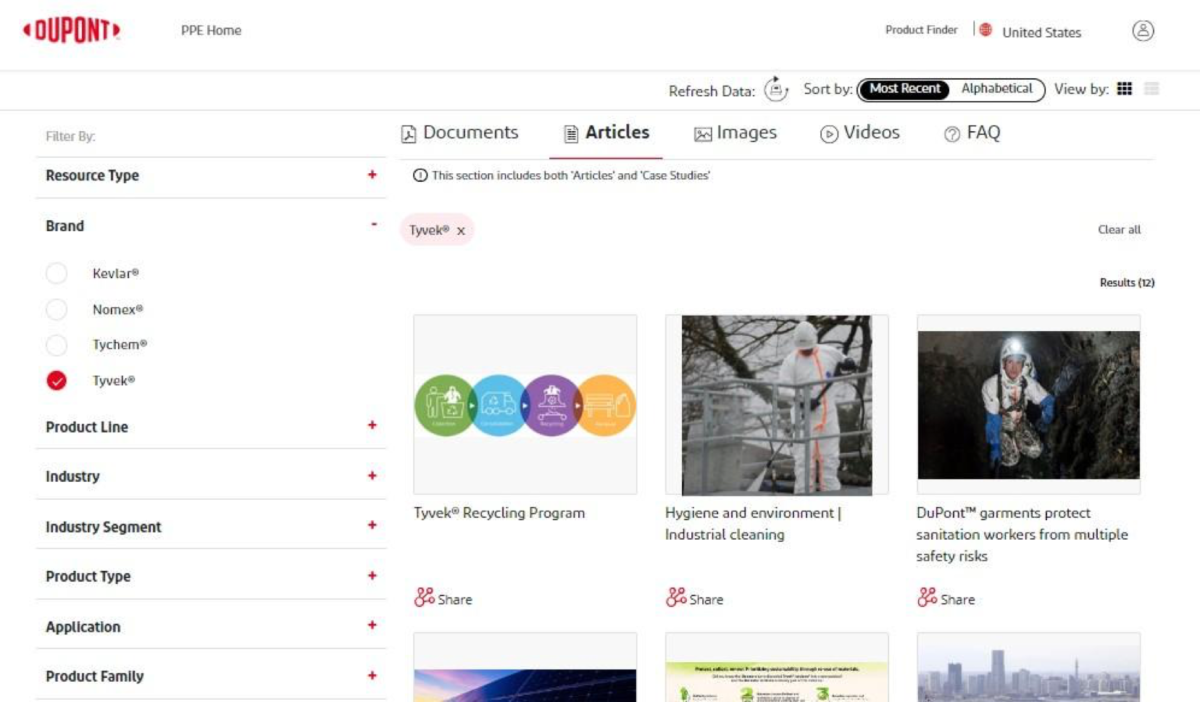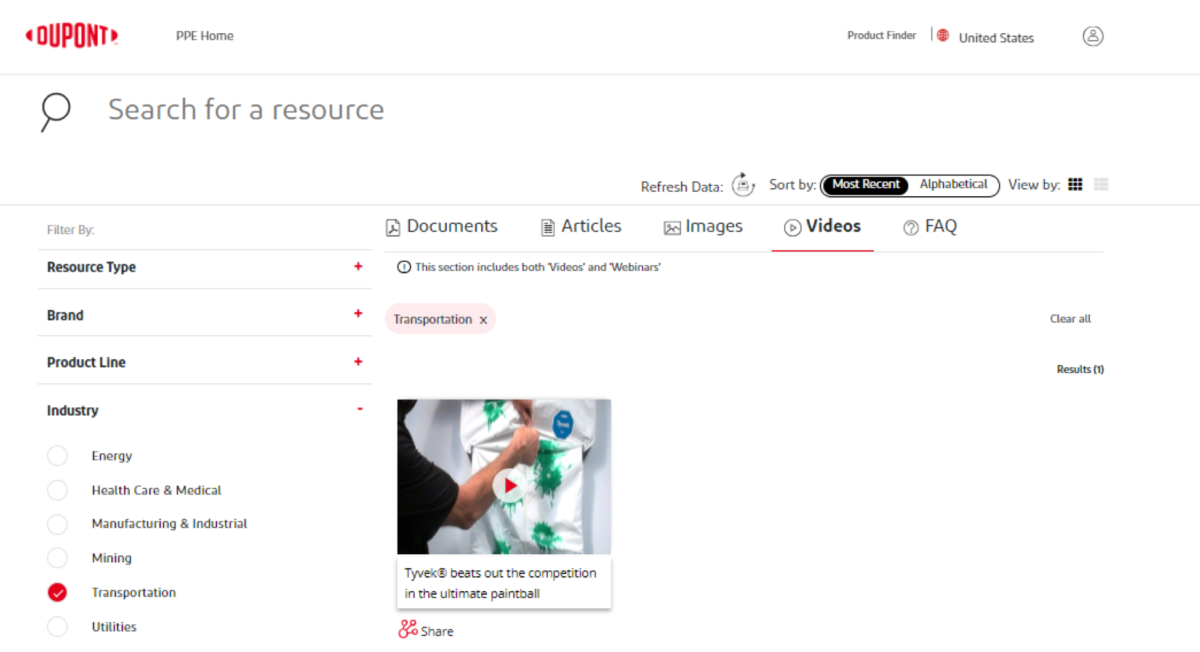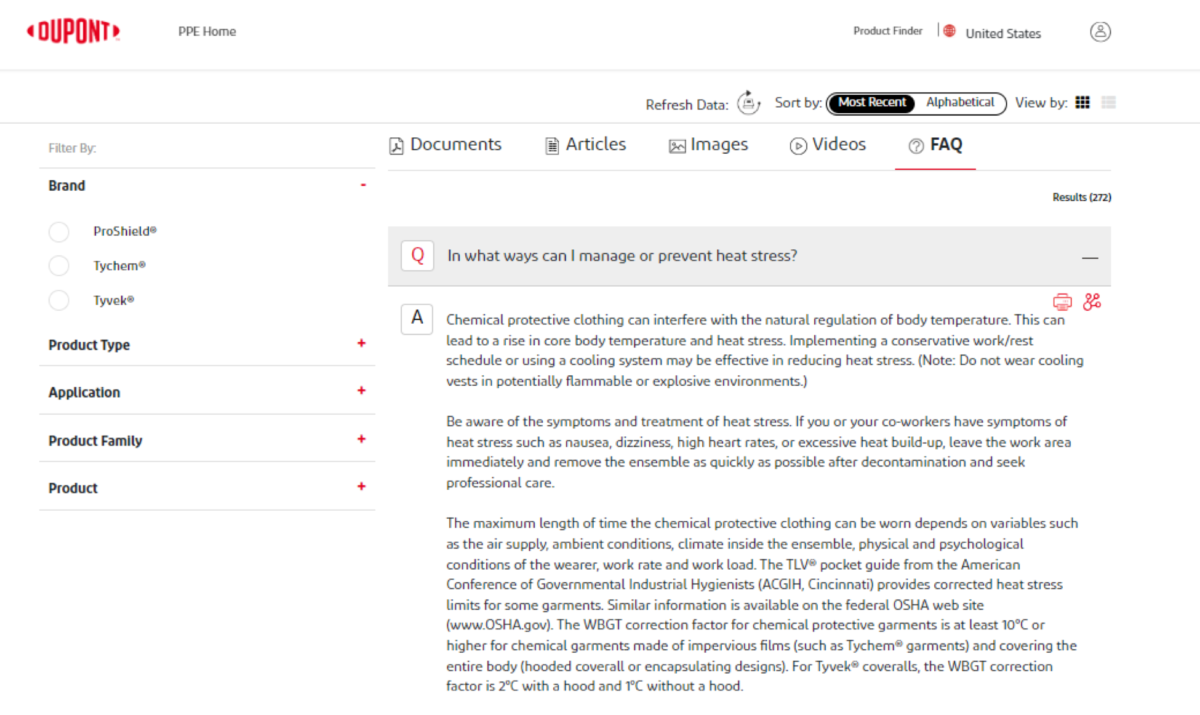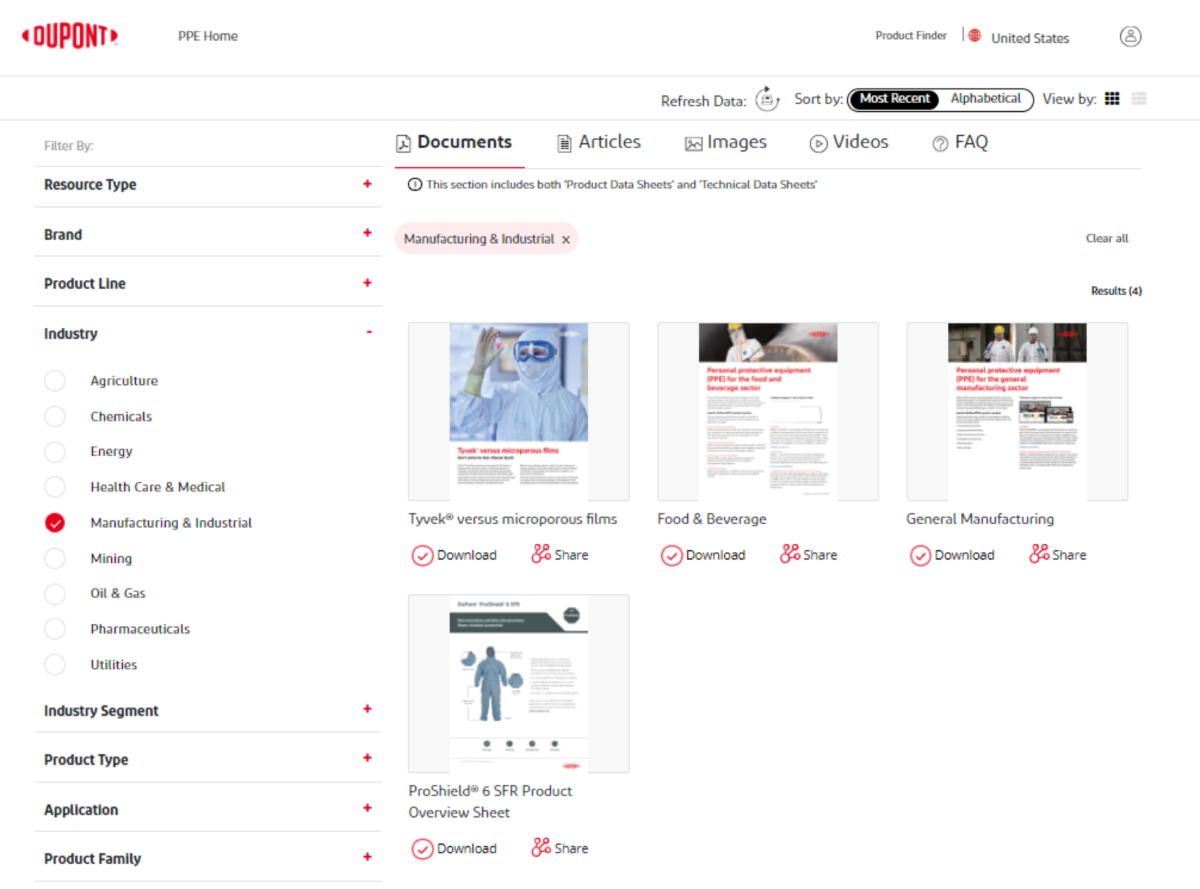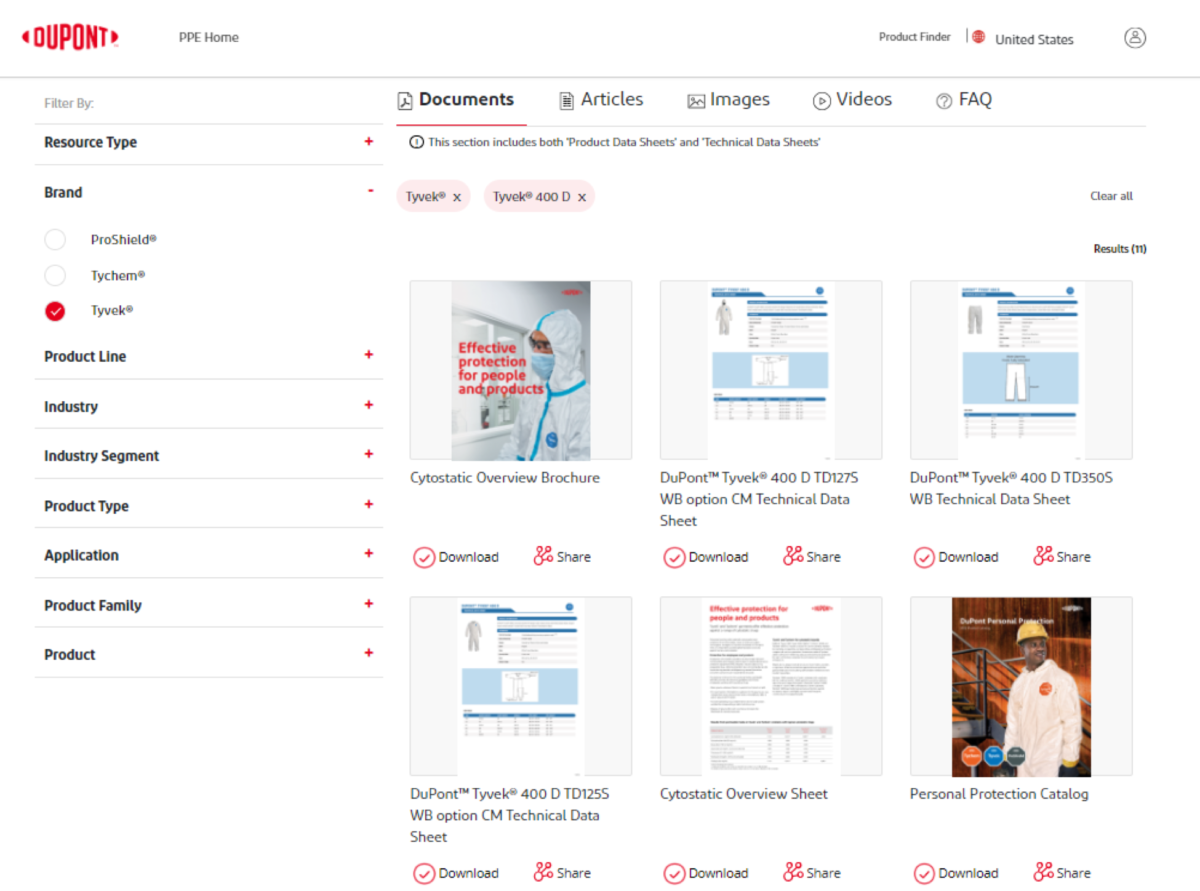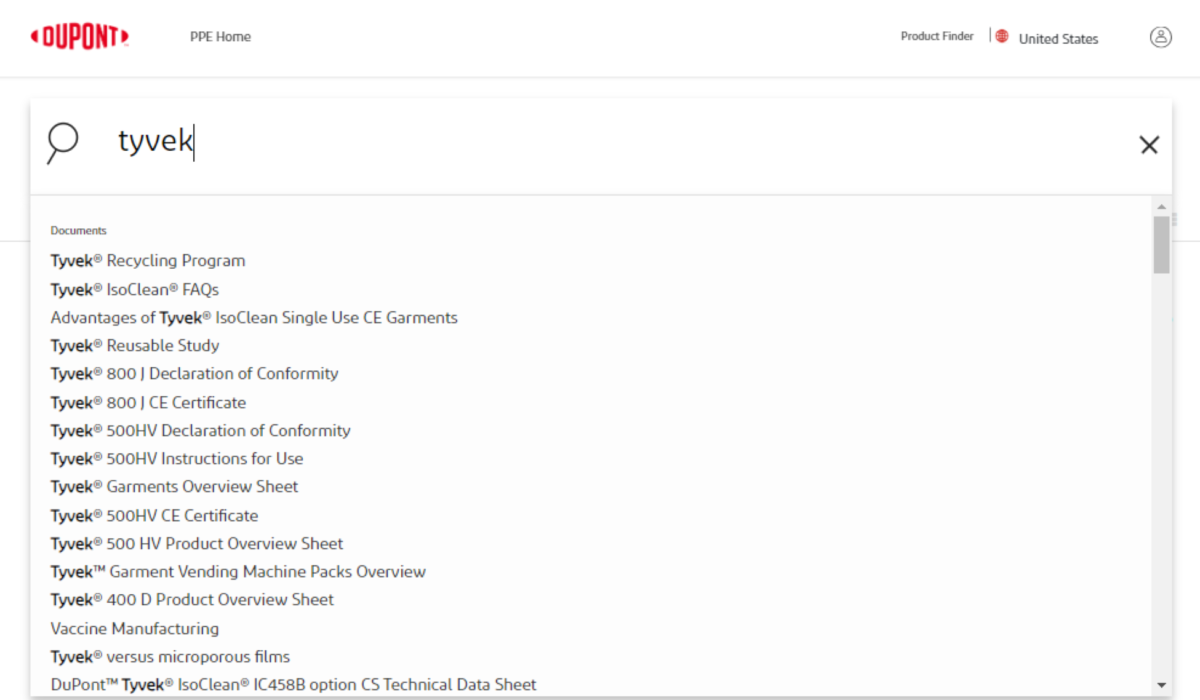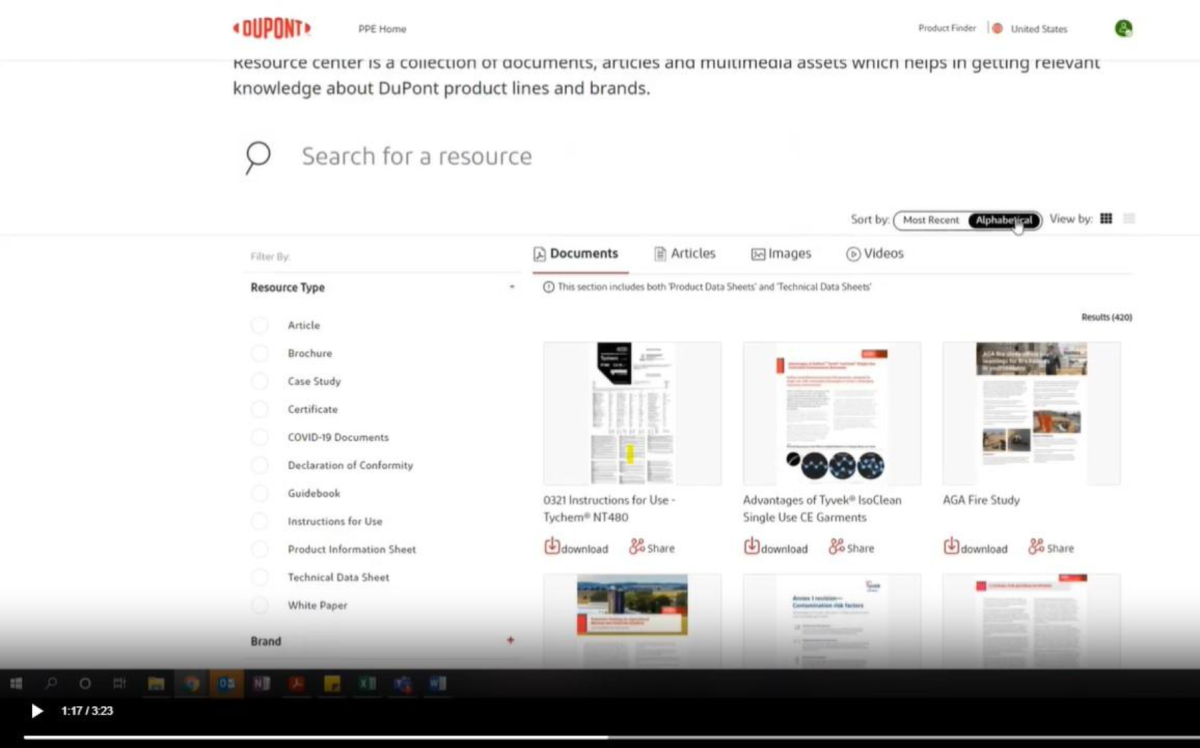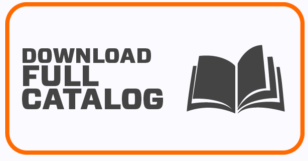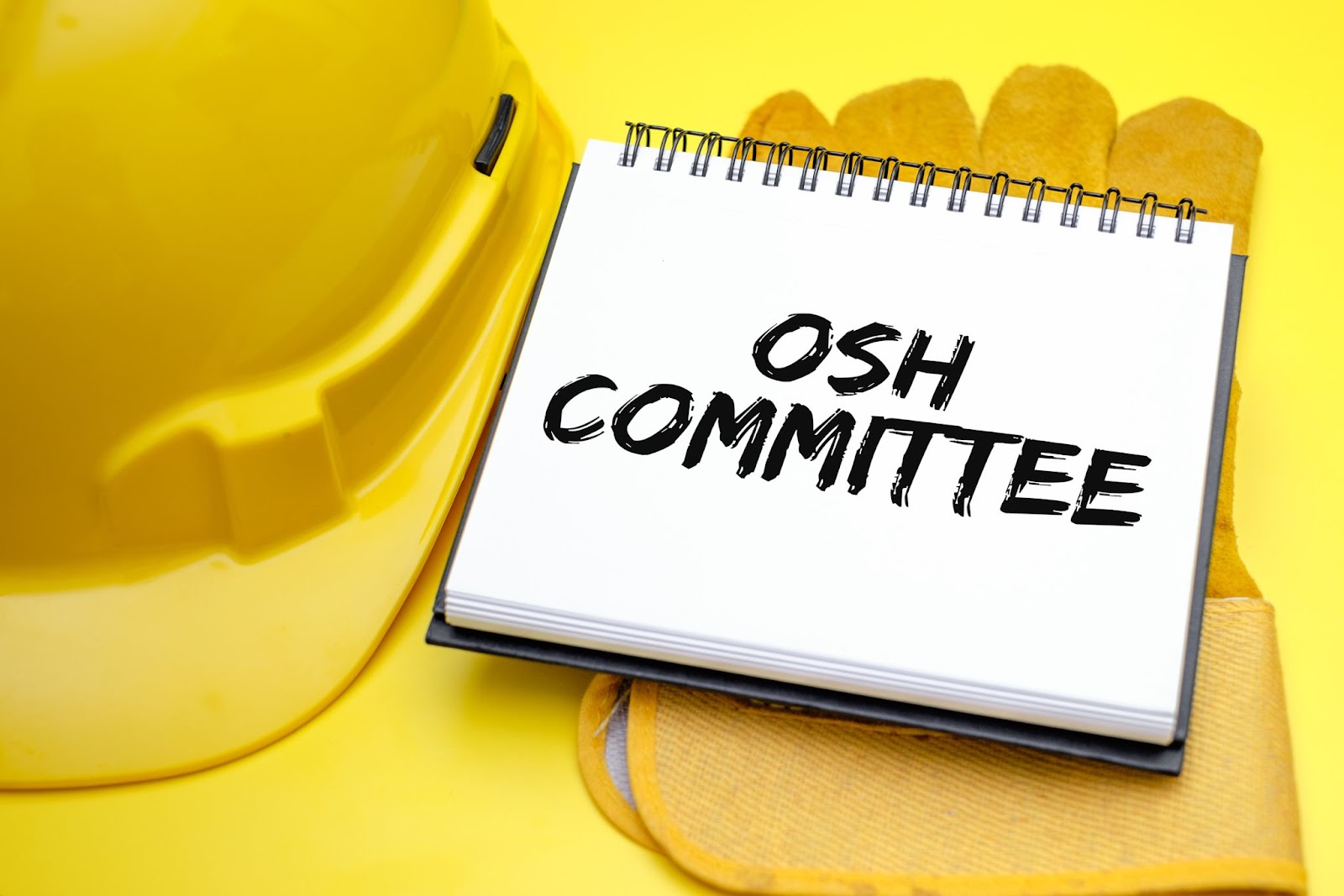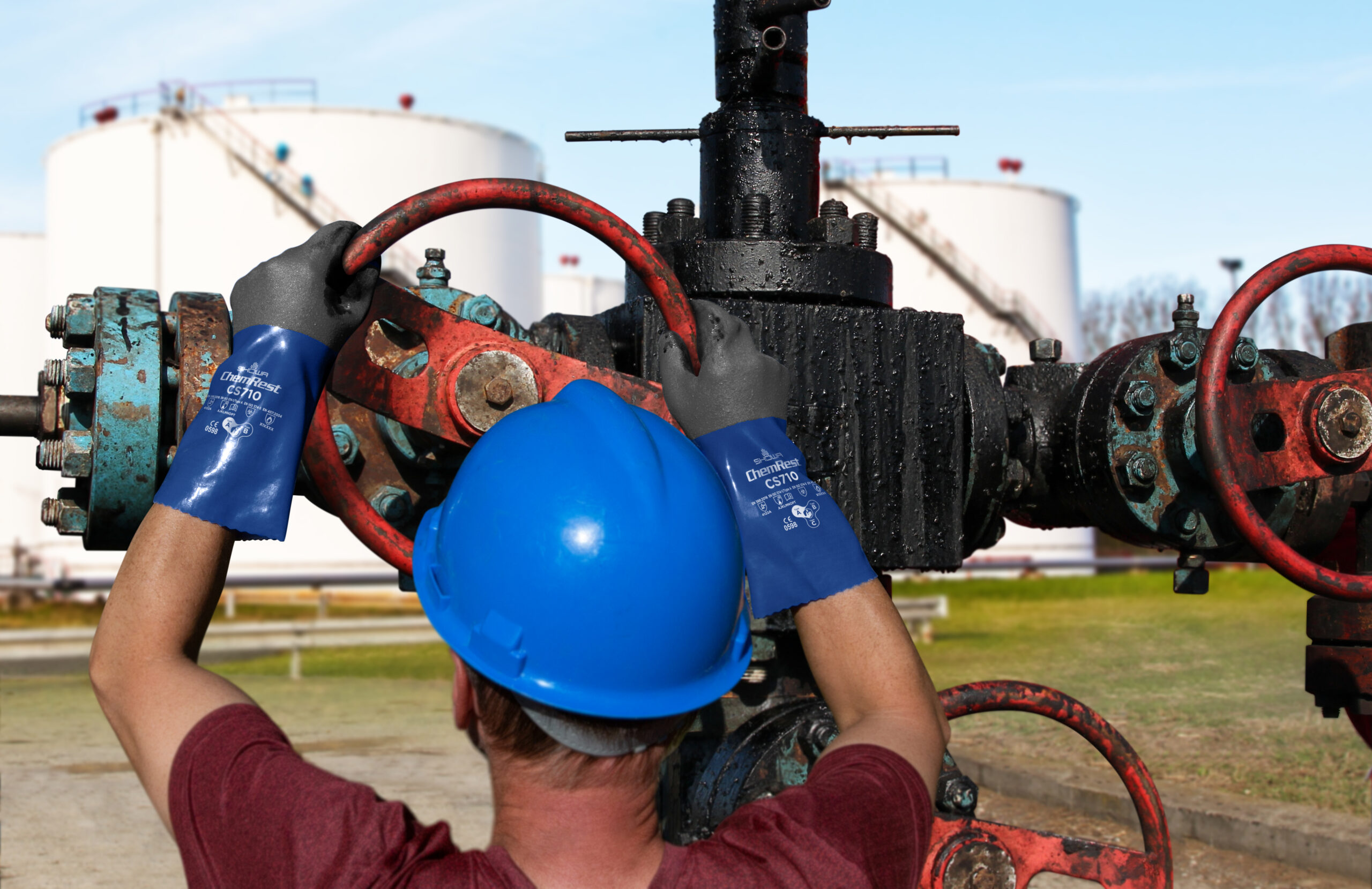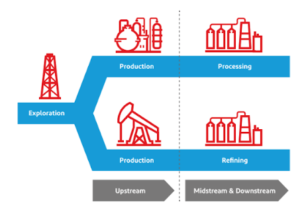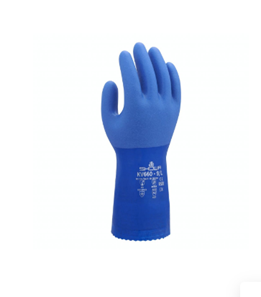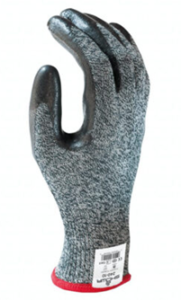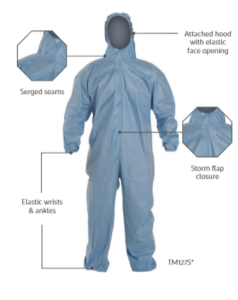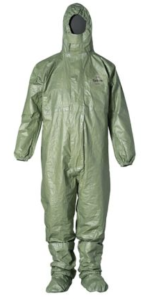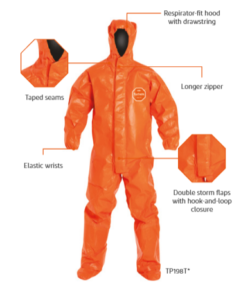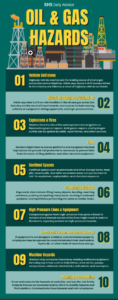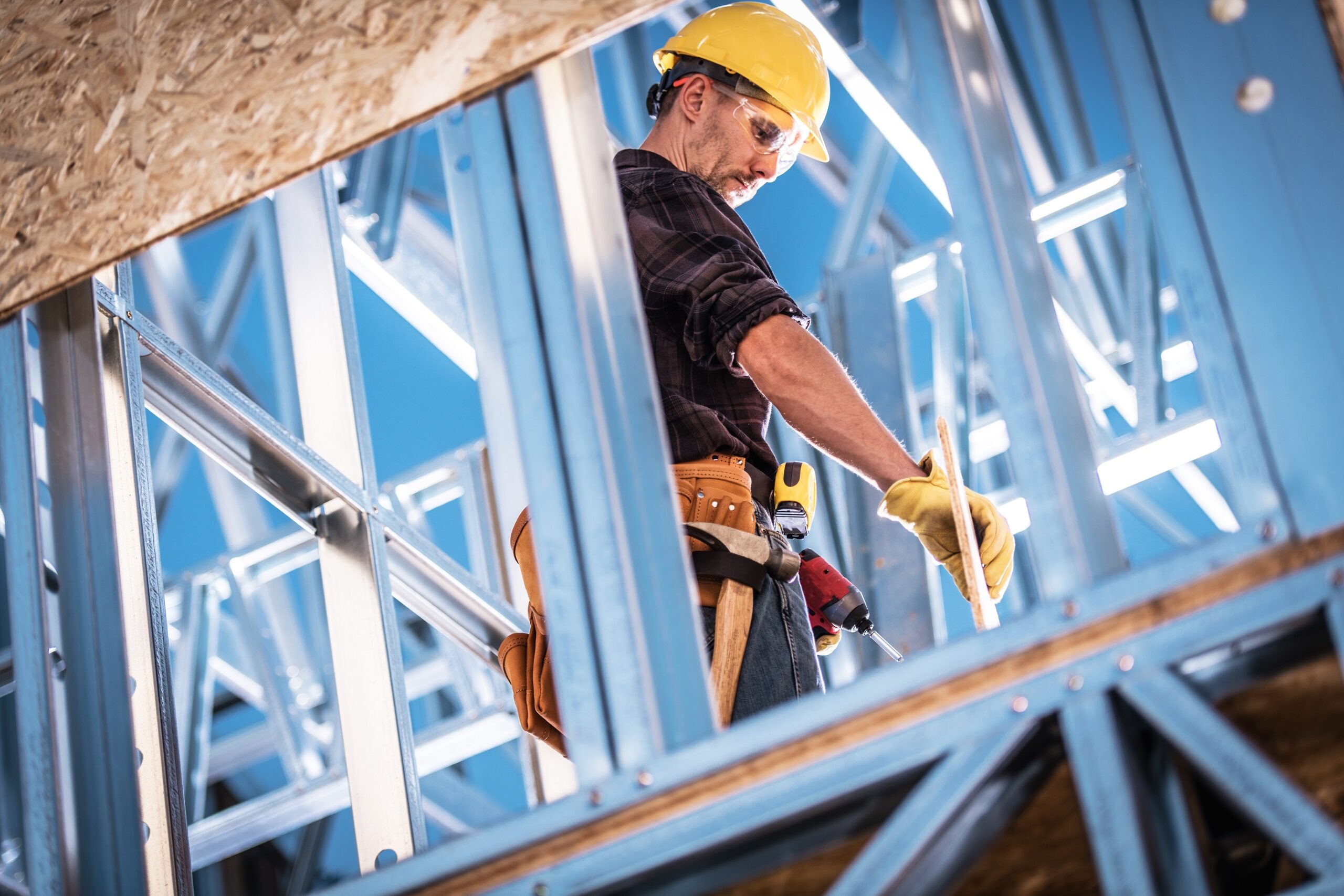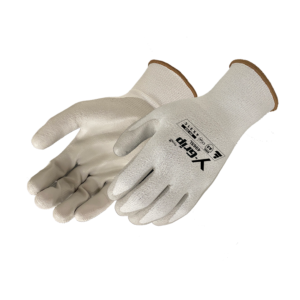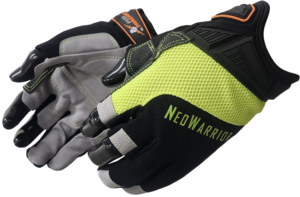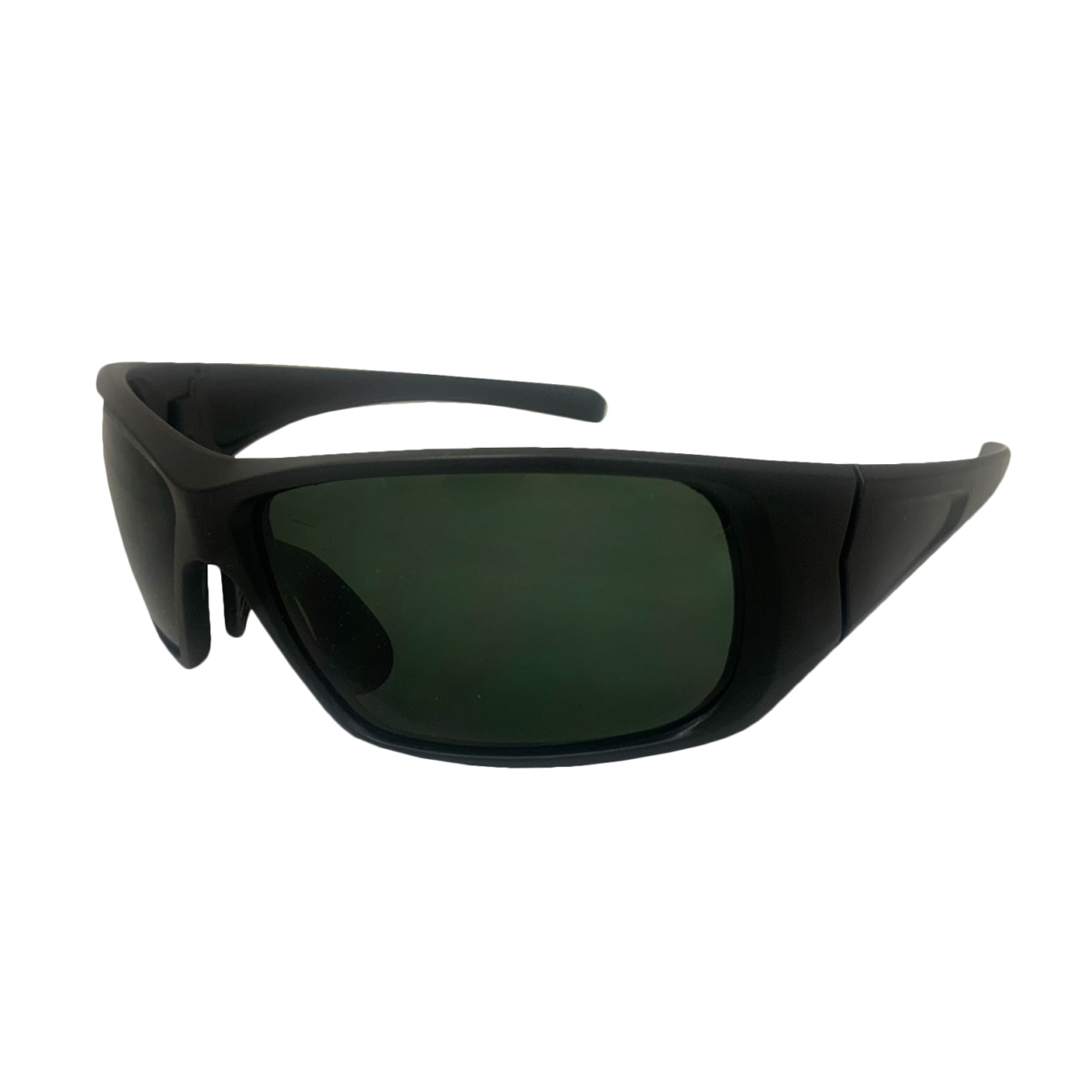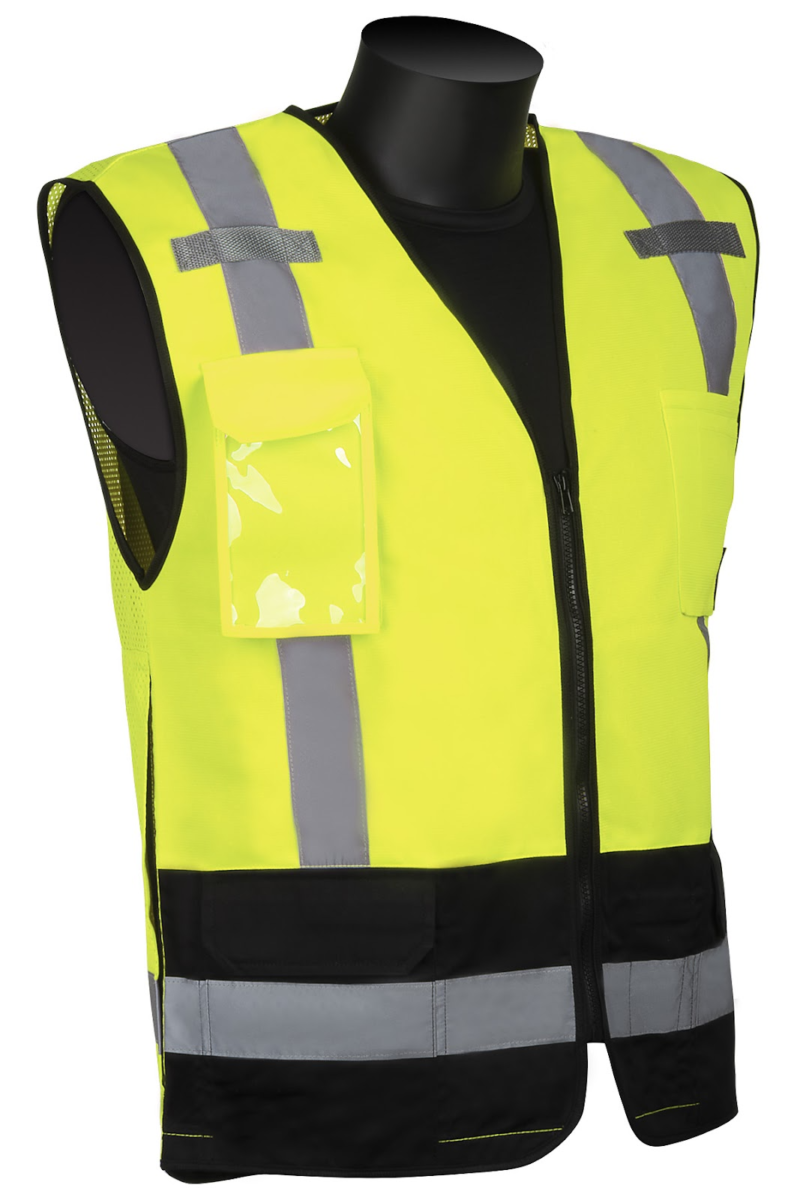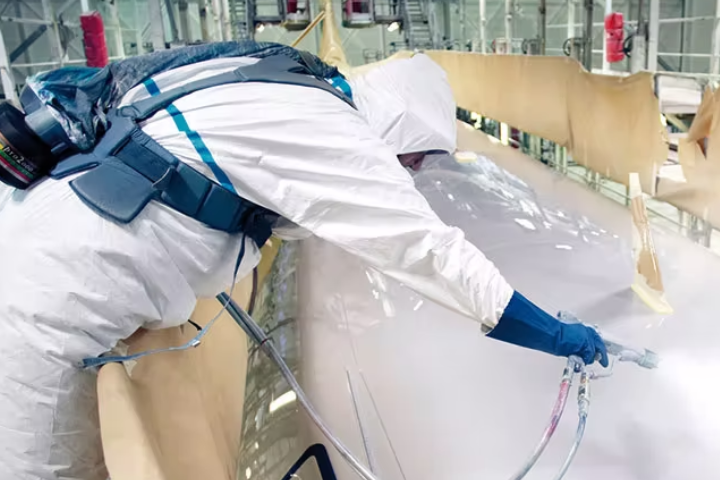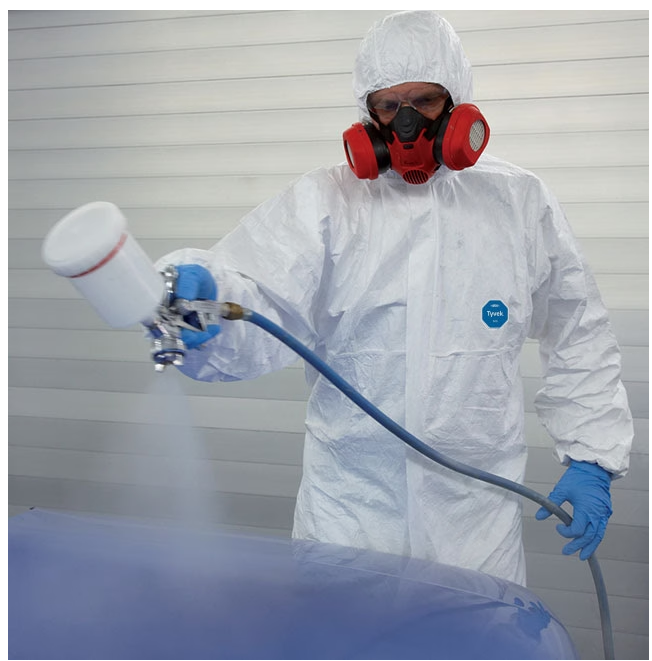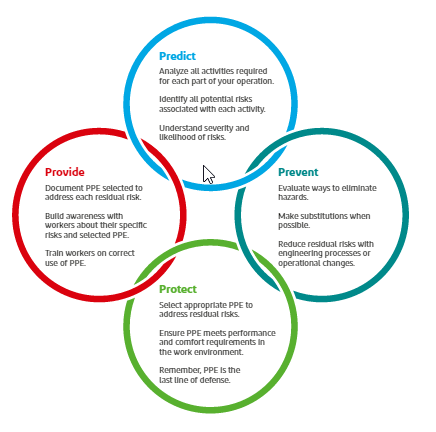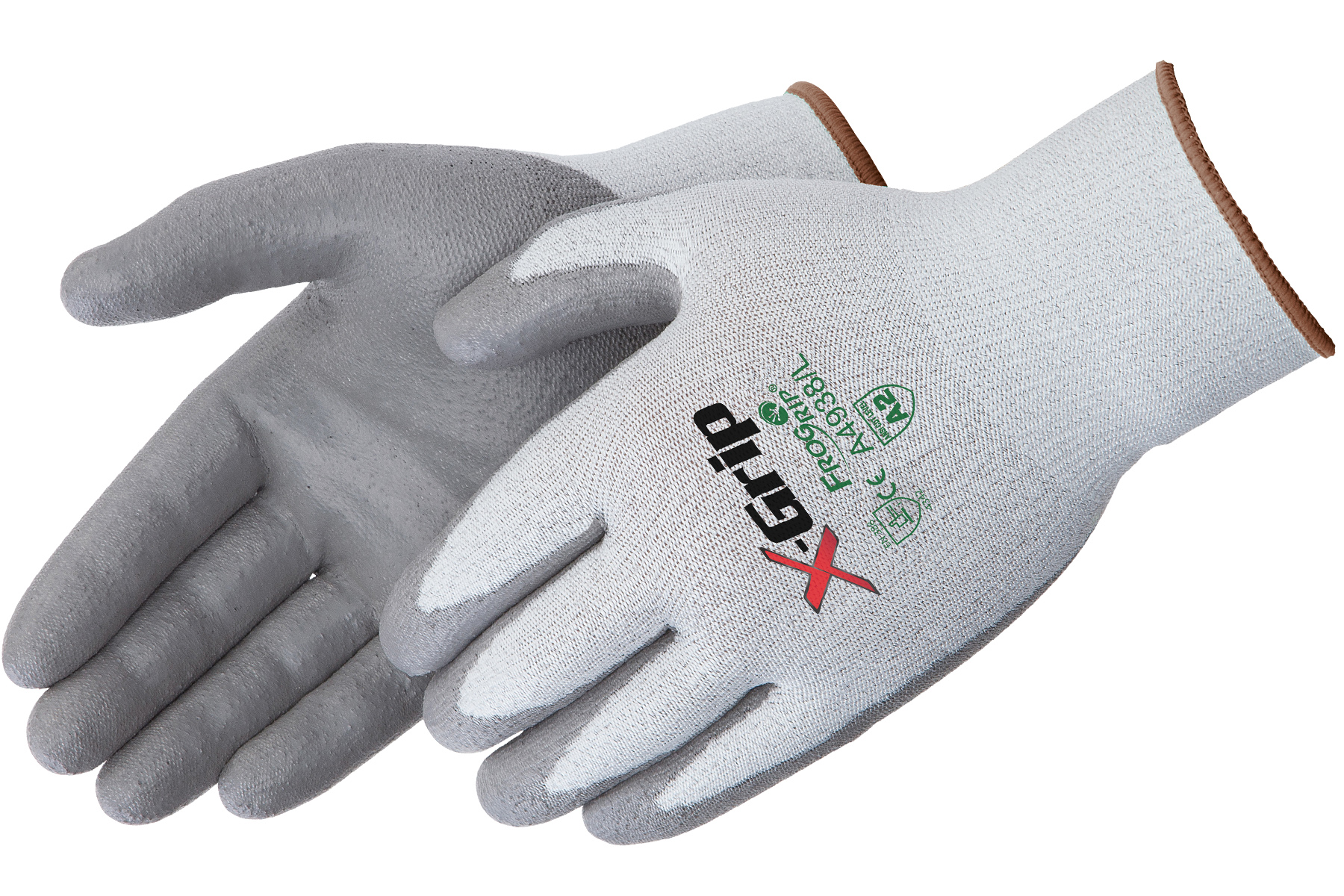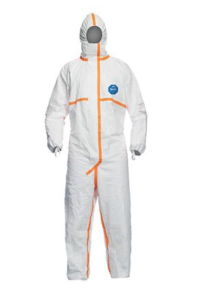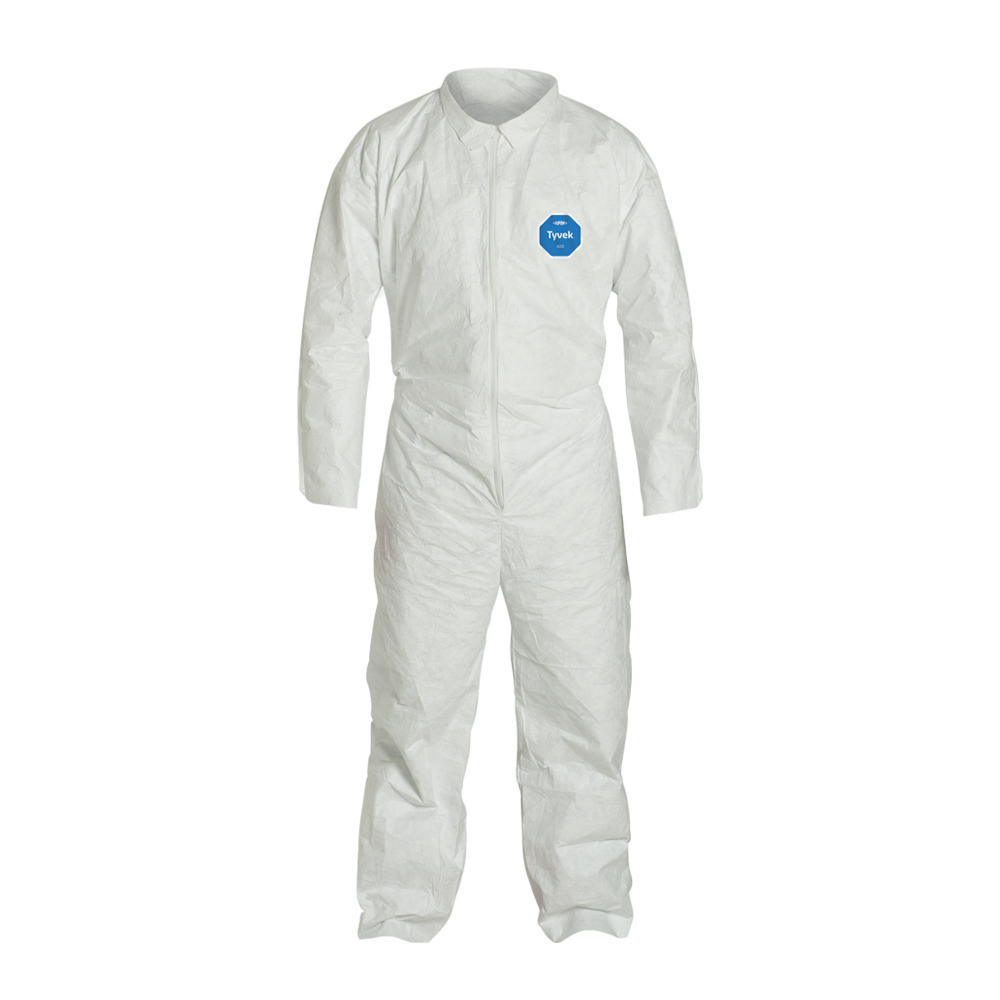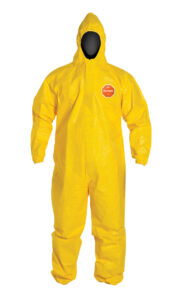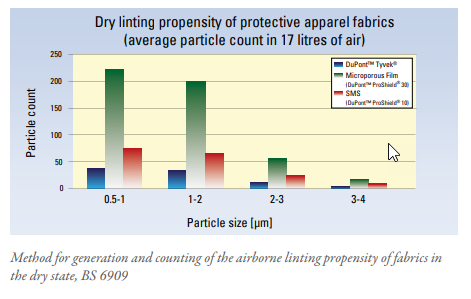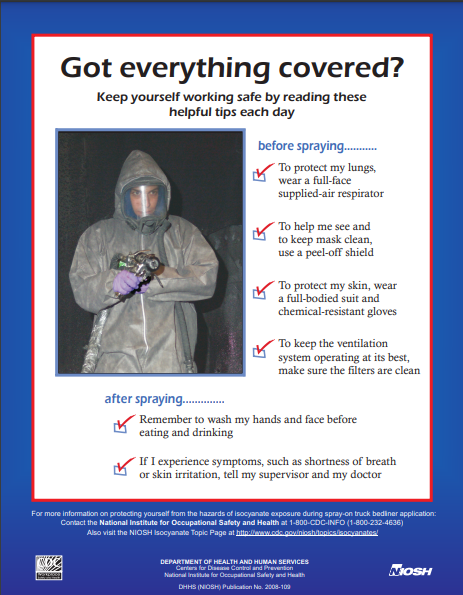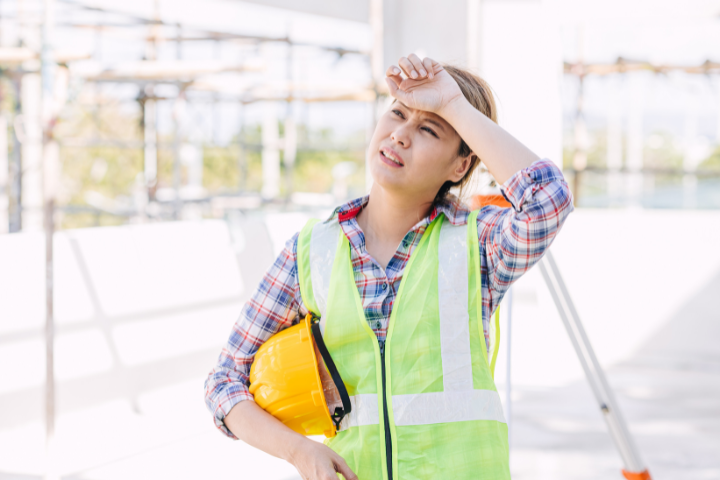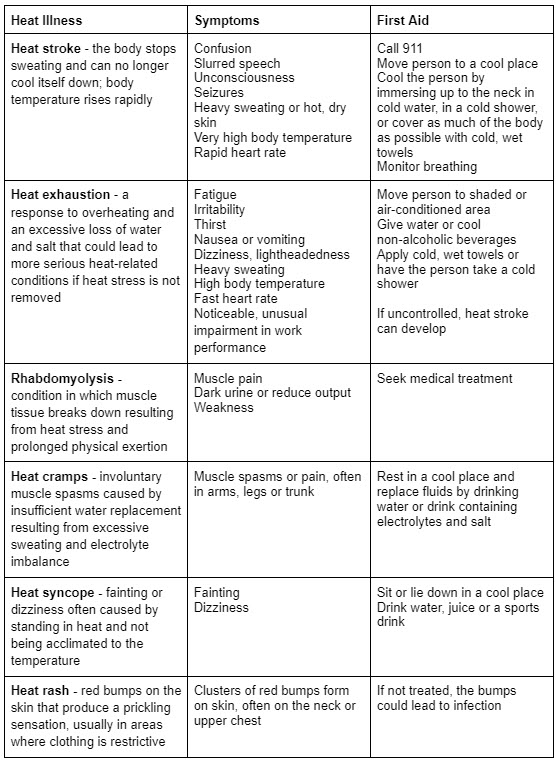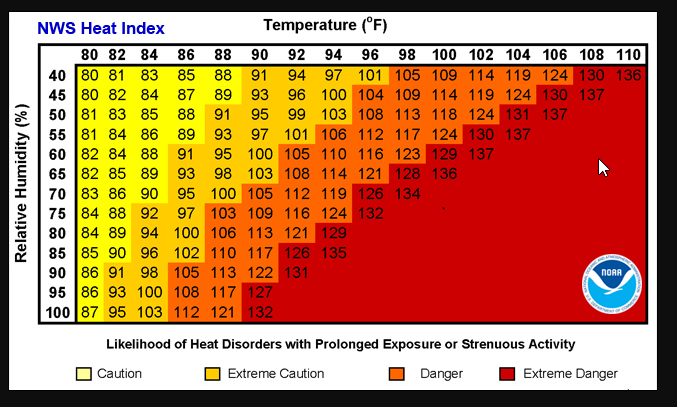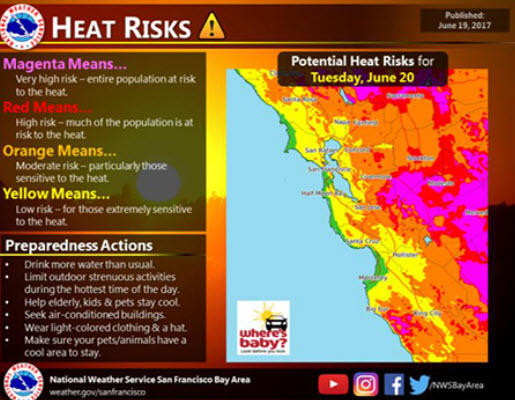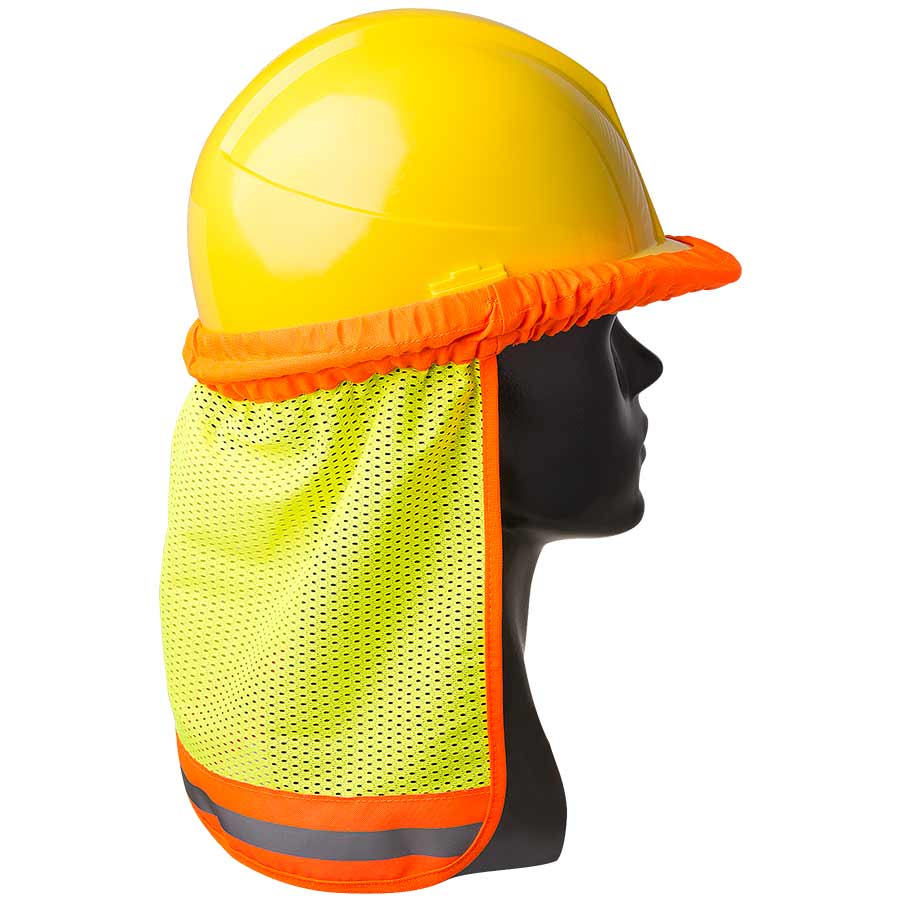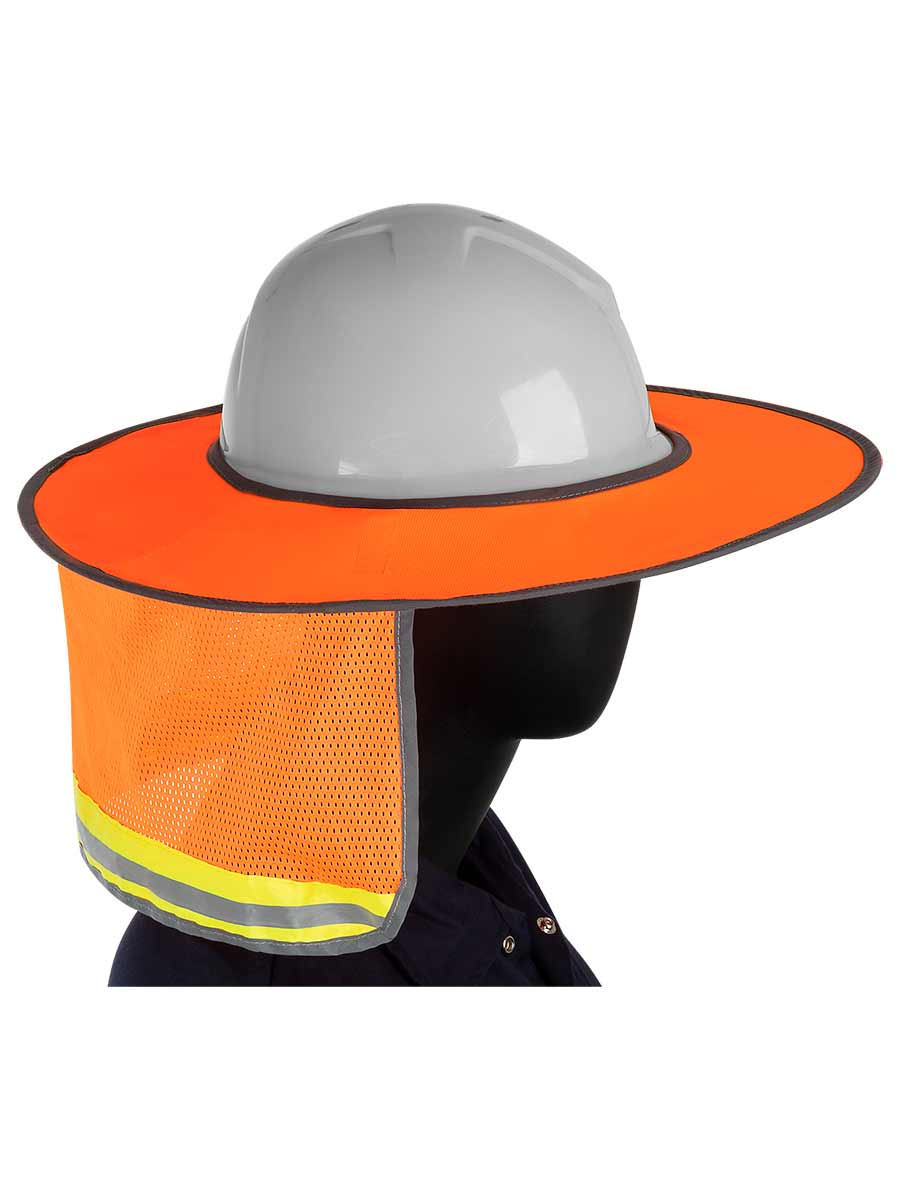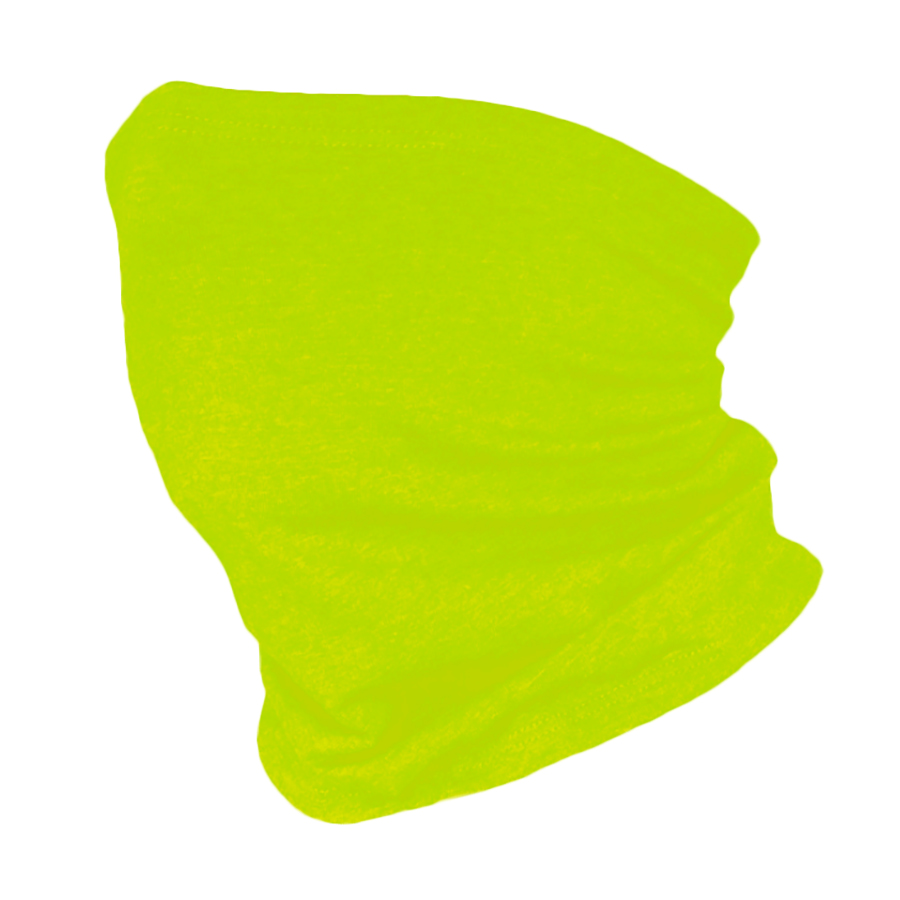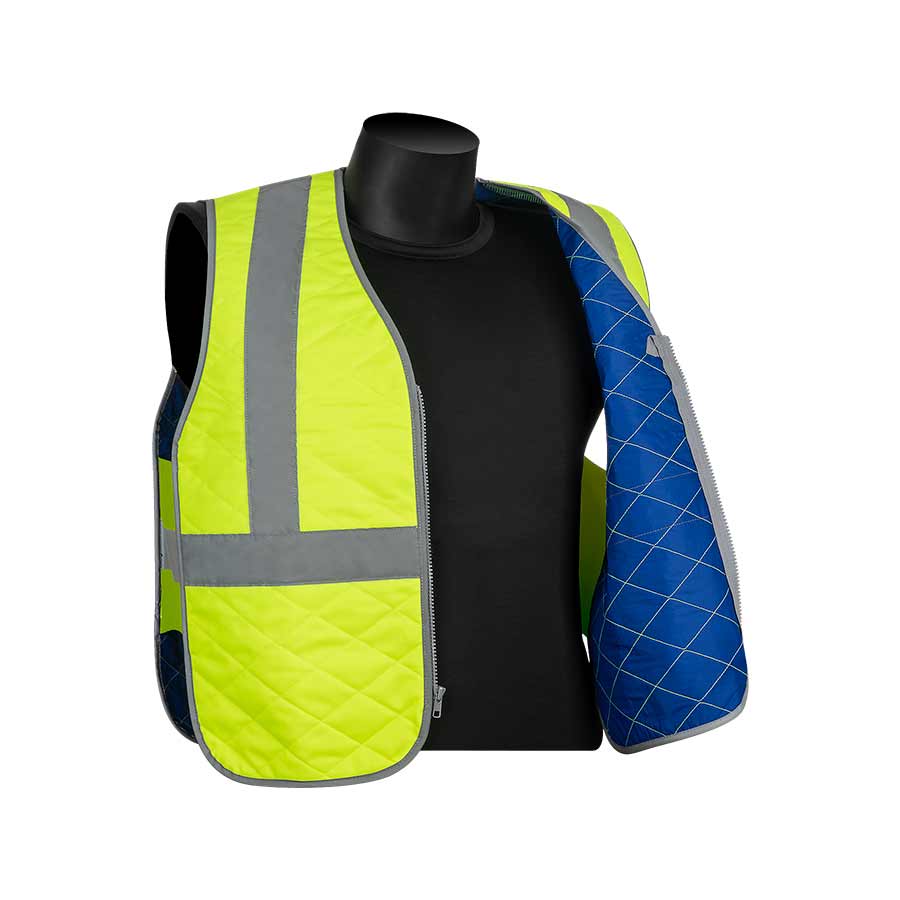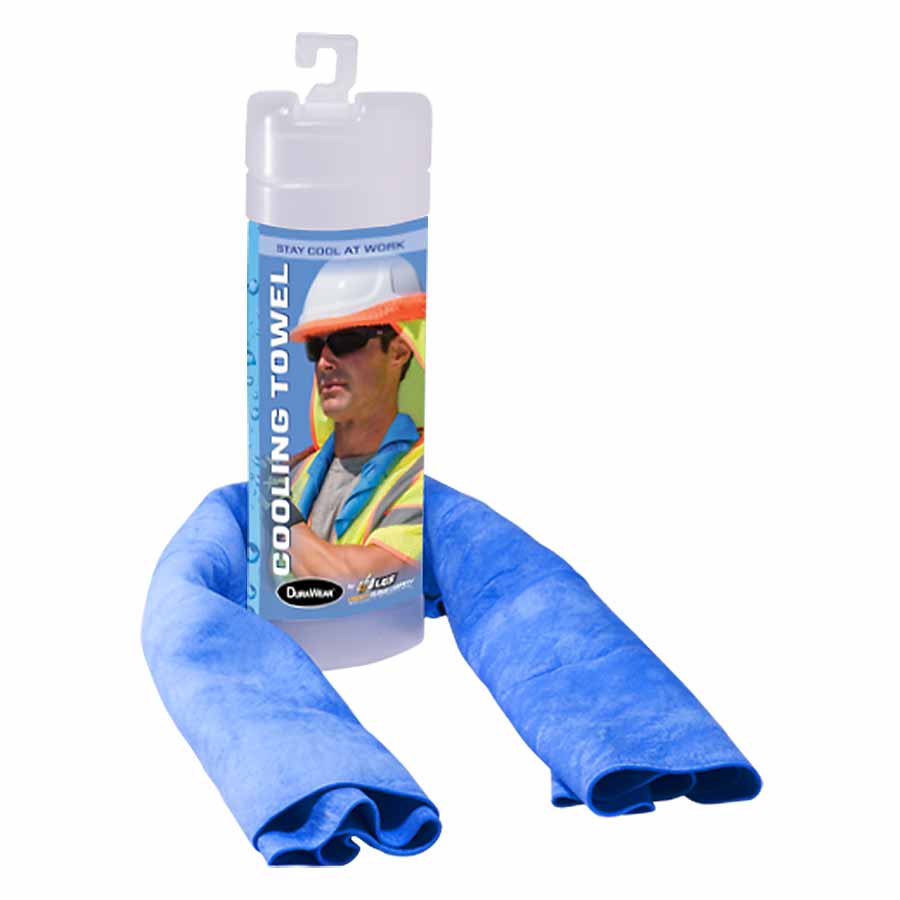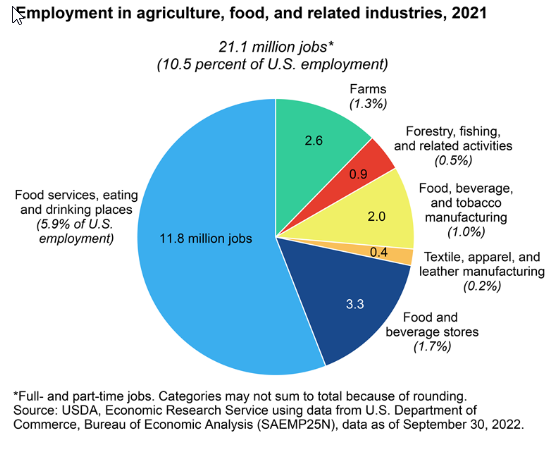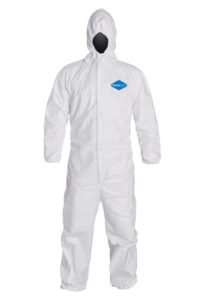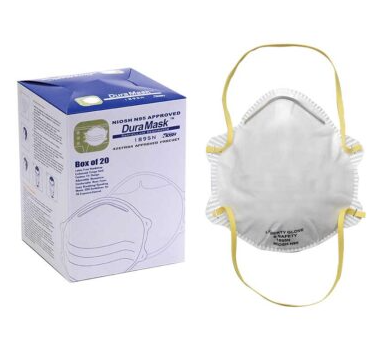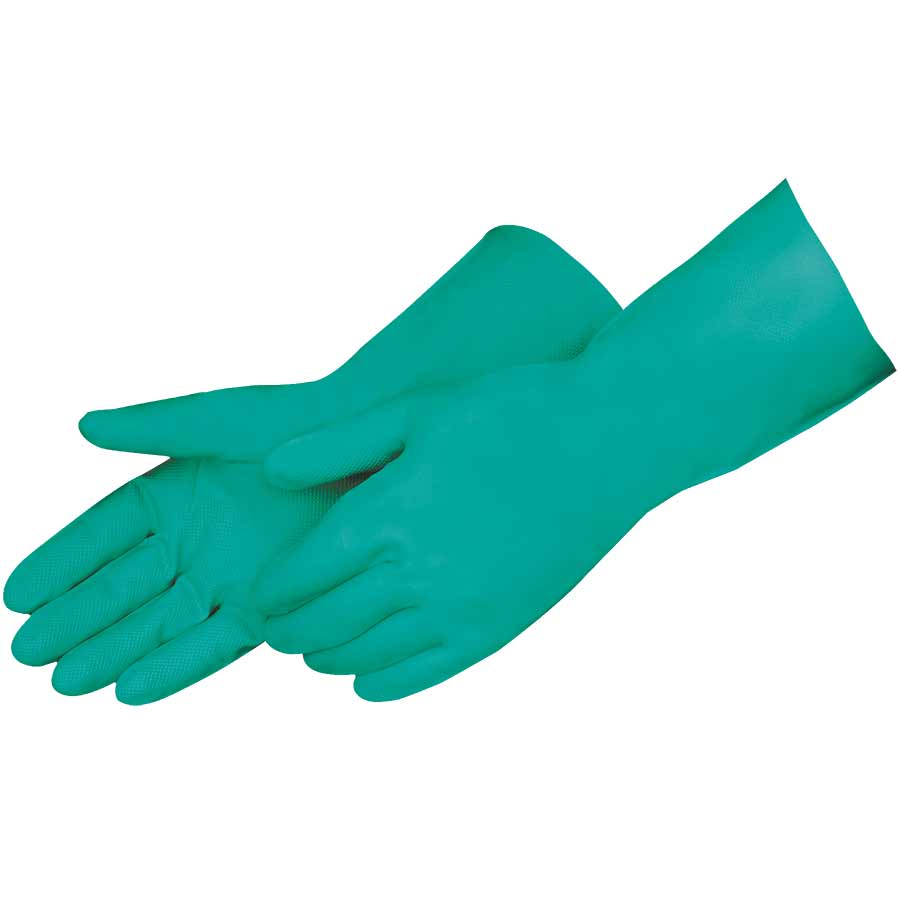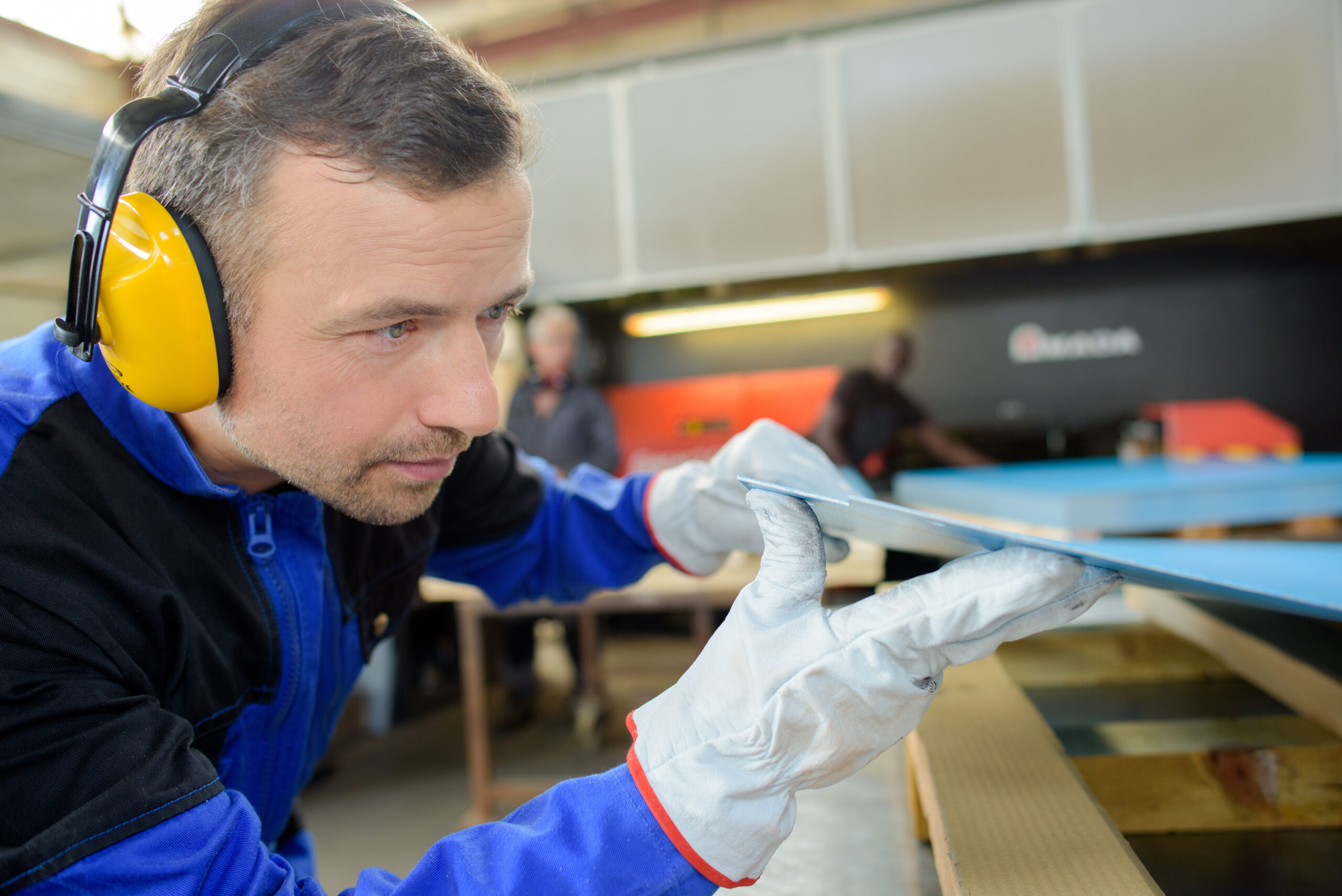
Ever spent an afternoon working in a noisy environment, only to find your ears ringing afterward? This is not an uncommon experience. The World Health Organization reports that over 5% of people worldwide need rehabilitation services due to hearing loss that causes disability. Often, this disability results from prolonged exposure to loud noises in our daily lives, whether at work or home.
Fortunately, with proper ear protection, these risks can be reduced, and ears can be safeguarded from potential damage. August 7-13 marks the Occupational Safety and Health Administration’s (OSHA) Safe + Sound week. Why not take this opportunity to learn more about hearing protection and to reassess the precautions taken in your workplace?
Continue reading to explore the types of ear protection PPE (personal protective equipment) and understand the circumstances when ear protection is crucial. By understanding and acting on this information, anyone can help safeguard their hearing health and overall well-being.
Unveiling the Noise: Understanding the Loud Environments Encountered Every Day
Noisy environments are everywhere. In the workplace, construction sites, manufacturing factories, and warehouses are rife with loud noises. Even outside of the workplace, everyday tasks like mowing the lawn can add to the cumulative strain our ears experience.
When noise levels surpass a safe level, prolonged exposure can cause lasting damage. Recurring loud noises can lead to various health issues. The results include both physical and psychological stress, with early symptoms ranging from fatigue and irritability to depression and anxiety.
In more serious cases, prolonged exposure to loud noises can cause conditions such as:
- Quicker brain degeneration
- Digestive problems
- Dementia
The long-term effects of noise exposure can be devastating. Exposure to noise for a long time is associated with health problems such as hearing loss, high blood pressure and heart disease. This is why taking the necessary steps to protect your hearing is so important.
The Silent Epidemic: Statistics on Hearing Loss and Noise Exposure
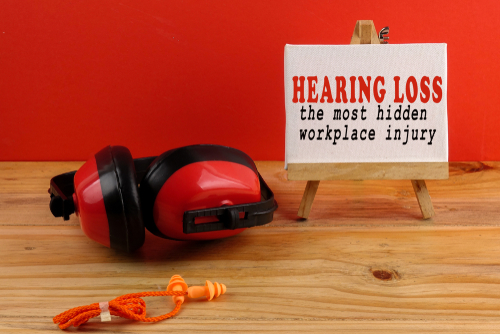
Every year, approximately 22 million U.S. workers are exposed to potentially harmful noise at their workplace, according to the estimates provided by the Center for Disease Control (CDC). Harmful noise in the US means that workers are exposed to noises above 85 decibels.
According to the National Institute for Occupational Safety and Health (NIOSH), roughly 12% of the workforce faces hearing difficulties. Around 24% of people in that group have suffered from partial or complete hearing loss because they were exposed to a noisy work environment.
A recent study by Apple in collaboration with the University of Michigan revealed that 1 in 3 Americans are frequently exposed to sound levels above 70 decibels. These noisy environments can cause feelings of irritability, poor sleep, damage to hearing, and heart problems. Existing mental health problems may grow worse.
Another study suggests that being exposed to loud noise in the workplace can cause problems with hearing. These problems can include ringing in the ears, being too sensitive to sound, not being able to hear high-pitched noises very well, and having trouble understanding speech when it is noisy. It is essential to use personal protective equipment (PPE) to prevent hearing loss.
Personal protective equipment is special clothing and gear that people use to protect themselves from harm. This can include things such as helmets, face shields, gloves, and ear protection. Wearing PPE helps keep you safe when working in loud places or using tools.
Hearing protection is a critical component of personal protective equipment. By wearing the right type of ear protection, there’s not just a reduction in the risk of noise-induced hearing loss. It’s a way to ensure that the enjoyment of the sounds that matter most in life can continue. Moreover, safety ear protection is designed to fit comfortably over the ears and block out harmful loud noises, allowing for safety without compromising comfort.
Simplifying PPE Standards and Regulations
Now that you know the risks of noise exposure, it is important to understand the personal protective equipment standards and regulations that apply to hearing protection.
The Occupational Safety and Health Administration (OSHA) sets out regulations for using PPE in the workplace.
Here is a breakdown of the OSHA safety standards and regulations:
- Employers must provide free hearing protection to employees exposed to an average of 85 decibels or more for 8 hours.
- Hearing protectors must be replaced as needed.
- The employer must start a hearing conservation program if the average occupational noise is equal to or greater than 85 decibel (dB) over eight hours. This program should involve regular professional testing of the employees’ hearing.
OSHA has fines and penalties for employers who do not follow their safety standards. This can include hefty fines ranging from $1,036 to $14,502 per violation. Employers must correct violations within the specified period after receiving a citation. Failure to correct the violation can result in a civil penalty of up to $7,000 for each day the violation continues.
In addition to regulating safety measures, OSHA does also provide support resources for businesses on mental health and well-being. Register for the “Hears” to Workplace Safety: How to Create a Sound Hearing Conservation Program webinar taking place on 8/9/23.
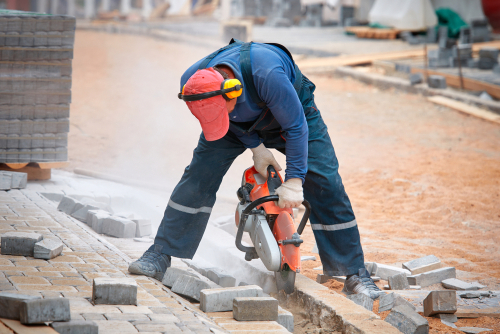
Types of PPE Ear Protection
Different types of hearing protection exist for the ears. Earmuffs go over the ears and protect them from loud noise. Earplugs fit inside the ear to block noise. Both of these options aid in safeguarding from loud noises that can harm hearing.
The right type of ear protection is essential for specific environments. Hearing protection varies for different noise levels and environments, hence it’s crucial to use suitable ear protection for the environment in question.
For example, for work in an industrial setting with loud machinery, earmuffs might be needed. On the other hand, earplugs could be more appropriate for an office environment with a lot of background noise.
Liberty Safety acknowledges the importance of hearing protection. That’s why the product catalog includes various ear protection solutions that cater to multiple environments, noise levels, and comfort preferences. Options range from reusable headband earmuffs to convenient foam earplugs.
Hearing is a precious asset, and the right protective measures can make a significant difference. Two case studies from the Journal of the Acoustical Society of America illustrate how hearing protection devices (HPDs) can reduce the noise by 25-42 dB in high-noise workplaces, even when the noise level reaches 130 dBA. Therefore, if exposed to loud noises regularly, taking appropriate measures to protect the ears can greatly decrease the risk of hearing loss.
Understanding When Ear Protection is Required
Noise levels above 85 decibels can result in hearing loss over time. The Occupational Safety and Health Administration (OSHA) recommends that employers provide free hearing protection when noise levels exceed this threshold.
The law mandates that employers provide their employees with hearing protection if the workplace noise is sufficiently loud. OSHA has established legal noise exposure limits for employees, limiting the noise to no louder than 90 dBA for 8 hours. Every five dBA increase results in halving the time allowed for noise exposure.
Employers hold a significant role in ensuring adherence to PPE standards and regulations, including those related to hearing protection. Besides providing necessary ear protection equipment, employers should also offer training to ensure all employees understand the hearing protection requirements in their workplace.
When selecting hearing protection, these factors should be taken into consideration:
- Noise Reduction Rating (NRR): This rating indicates how much noise the ear protection device can reduce.
- Comfort: Comfort is a key consideration in ear protection. Ensure the chosen device fits comfortably and securely over the ears.
- Environment: The chosen device should be suitable for the environment in which it will be used.
- Compatibility with other PPE: Ensure that the selected ear protection is compatible with any other safety equipment being worn, such as a hard hat or face shield.
The consequences of choosing inappropriate hearing protection can be severe. Don’t let inadequate protection put hearing at risk. Choosing the right PPE for the ears should consider the NRR, comfort, environment, and compatibility with other PPE possibly in use.
Act Now: Protect Hearing With Liberty Safety
The value of proper hearing protection is immeasurable. Noise-induced hearing loss is permanent and irreversible. However, it’s also largely preventable. By taking appropriate steps to protect hearing, the risk of developing noise-induced hearing loss can be reduced.
Now is the time to prioritize hearing health. Download Liberty Safety’s product catalog today to find the right ear protection solutions for different environments and noise levels. Learn more about hearing protection and subscribe to the newsletter to stay up-to-date with the latest in safety news and tips. Remember, Liberty Safety is committed to providing top-of-the-line hearing protection solutions designed to ensure maximum safety and comfort. Don’t leave hearing to chance – protect it with Liberty Safety.

